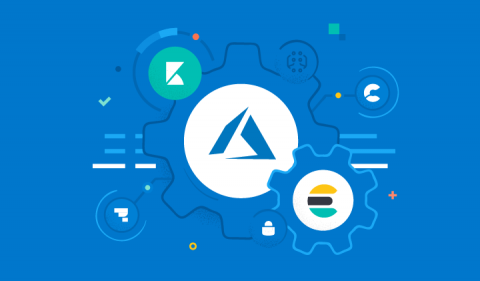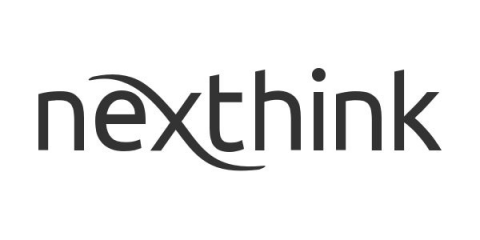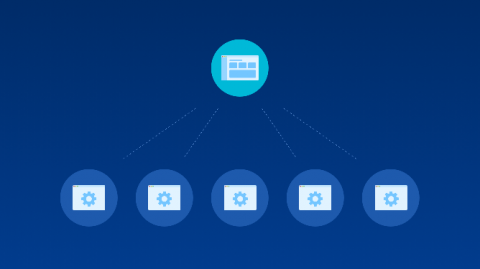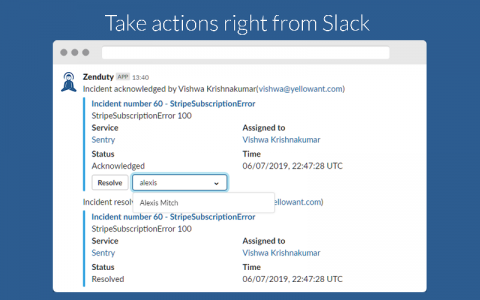A Day at Sea as a CSM on the S.S. PagerDuty
Tuesday isn’t exactly the most exciting day of the week—unless you’re a taco devotee—but we Customer Success Managers (CSM) at PagerDuty always have something exciting going on, whether it’s helping our customers get the most out of their PD instance or preparing behind the scenes to help them achieve their desired results. But that’s just skimming the surface of what CSMs do. Jump aboard and I’ll share some tips on how to work best with our CSM team!











